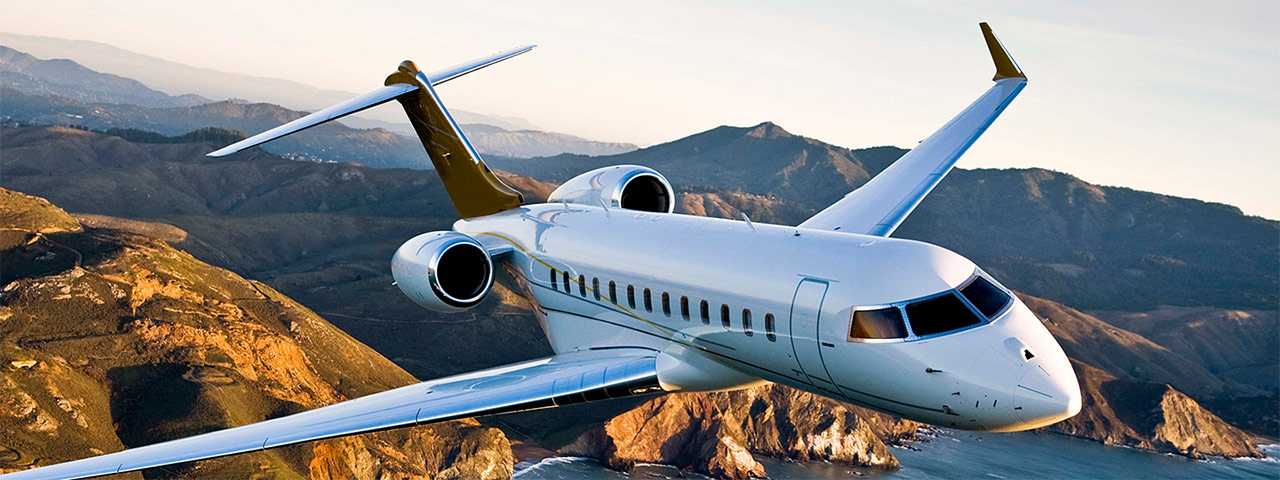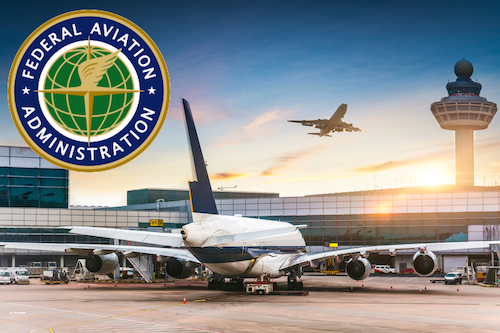Flying on a private aircraft offers unparalleled convenience and flexibility, whether for business travel, leisure trips, or emergency situations. However, with this freedom comes a set of legal obligations governed by the Federal Aviation Administration (FAA). Understanding and complying with these regulations is crucial for ensuring safety, legality, and peace of mind while flying privately. In this comprehensive article, we will delve into the key FAA regulations that private pilots and aircraft operators must navigate.
Introduction to FAA Regulations
The Federal Aviation Administration (FAA) is the governing body responsible for regulating civil aviation in the United States. Its primary mission is to ensure safety in the air and on the ground. This mission extends to private aviation, encompassing a wide range of rules and regulations that pilots and operators must adhere to.

Part 91 Regulations: General Operating and Flight Rules
Part 91 of the FAA regulations outlines the general operating and flight rules for private aircraft operations. These regulations cover various aspects, including:
- Aircraft Maintenance: Private aircraft must undergo regular inspections and maintenance to ensure airworthiness. The owner or operator is responsible for complying with maintenance schedules prescribed by the manufacturer and approved by the FAA.
- Pilot Qualifications: Pilots flying private aircraft must hold appropriate certifications and ratings issued by the FAA. For example, a private pilot certificate allows a pilot to operate an aircraft for personal use, while a commercial pilot certificate is required for compensation or hire.
- Flight Planning: Before each flight, pilots must conduct thorough flight planning, considering weather conditions, airspace restrictions, and airport facilities. This ensures the safety and efficiency of the flight.
- Operating Rules: Part 91 sets out rules for airspace usage, communication procedures, aircraft lighting, right-of-way rules, and minimum safe altitudes. These rules are designed to prevent collisions and ensure orderly flight operations.
Part 135 Regulations: Air Charter and On-Demand Operations
Part 135 of the FAA regulations pertains to air charter and on-demand operations, including private jet charters. This part imposes stricter operational requirements compared to Part 91 due to the commercial nature of these flights. Key aspects include:
- Aircraft Certification: Aircraft used for Part 135 operations must undergo specific certification processes to ensure they meet safety and operational standards set by the FAA.
- Pilot Qualifications and Duty Time: Pilots conducting Part 135 operations must hold appropriate certifications and comply with duty time limitations to prevent fatigue and ensure safe operation.
- Maintenance and Inspection Requirements: Part 135 operators must adhere to rigorous maintenance and inspection schedules to maintain airworthiness and comply with FAA standards.
- Passenger Safety: Part 135 operators must implement safety protocols and emergency procedures to ensure the safety of passengers and crew during charter flights.
Compliance with Air Traffic Control (ATC) and Airspace Regulations
Regardless of whether a flight operates under Part 91 or Part 135, private aircraft must comply with air traffic control instructions and airspace regulations. Key considerations include:
- Clearance and Communication: Pilots must obtain clearance from air traffic control before entering controlled airspace or operating at certain airports. Effective communication with ATC ensures safe separation of aircraft and efficient traffic management.
- Restricted and Prohibited Areas: Private pilots must be aware of restricted and prohibited airspace areas designated by the FAA. Violating these airspace restrictions can result in severe penalties, including fines and suspension of pilot certificates.
- Special Use Airspace: Special use airspace includes areas designated for military operations, airshows, and other activities. Pilots must adhere to specific procedures and obtain necessary clearances when operating in or near special use airspace.
Security and Passenger Screening Requirements
Security measures for private aviation are governed by the Transportation Security Administration (TSA) and may vary depending on the type of operation and aircraft. Key considerations include:
- TSA Security Programs: Part 135 operators conducting certain types of flights, such as large aircraft or flights to and from designated airports, must comply with TSA security programs. These programs include passenger screening and cargo security measures.
- Known Crewmember Program: The Known Crewmember (KCM) program allows verified crewmembers to undergo expedited security screening at participating airports, enhancing efficiency and convenience for crewmembers.
- Passenger Screening: Although private aviation passengers generally experience less stringent security screening compared to commercial airline passengers, TSA regulations may require screening for certain types of operations or when flying internationally.
International Operations and Customs Clearance
Private aircraft flying internationally must comply with additional regulations, including customs and immigration requirements. Key considerations include:
- Customs Pre-Clearance: Pilots must obtain clearance from U.S. Customs and Border Protection (CBP) before departing the United States and comply with entry procedures upon arrival in foreign countries.
- Documentation Requirements: Pilots and passengers must carry valid passports, visas (if required), and aircraft documents when flying internationally. Failure to comply with documentation requirements can lead to delays and denial of entry.
- Customs Declarations: Upon arrival in the United States, pilots must declare all goods and items being brought into the country, including duty-free items purchased abroad. CBP officers may conduct inspections to ensure compliance with customs regulations.
Insurance Requirements for Private Aircraft
Insurance coverage is a critical aspect of private aviation, providing financial protection against liability, property damage, and other risks. Key insurance considerations include:
- Liability Coverage: Private aircraft owners and operators are typically required to carry liability insurance to cover damages and injuries caused to third parties, including passengers and property owners.
- Hull Coverage: Hull insurance covers damage to the aircraft itself, including repairs or replacement in case of accidents, theft, or vandalism.
- Additional Coverages: Depending on the type of operation and aircraft use, additional coverages such as medical payments, hangar keepers’ liability, and loss of use coverage may be recommended or required.
Environmental and Noise Regulations
Private aircraft must comply with environmental regulations aimed at reducing noise pollution and minimizing environmental impact. Key regulations include:
- Noise Abatement Procedures: Pilots are encouraged to follow noise abatement procedures when operating near populated areas or noise-sensitive locations. These procedures help mitigate the impact of aircraft noise on communities.
- Emissions Standards: Aircraft engines must comply with emissions standards set by the FAA and the International Civil Aviation Organization (ICAO). Newer aircraft often incorporate advanced technologies to reduce emissions and improve fuel efficiency.
- Airport Noise Restrictions: Some airports have specific noise restrictions and curfews that private pilots must adhere to when planning flights. These restrictions aim to balance airport operations with community noise concerns.
Conclusion: Navigating the Complexities of Private Aviation Regulations
Navigating the legal obligations and regulations governing private aviation requires a thorough understanding of FAA rules, operational requirements, and security protocols. Pilots, aircraft operators, and passengers alike must be aware of their responsibilities to ensure compliance, safety, and adherence to best practices in private aviation.
By familiarizing themselves with FAA regulations, maintaining open communication with regulatory authorities, and staying informed about updates and changes in aviation law, private aviation stakeholders can enjoy the benefits of flying privately while mitigating risks and ensuring a safe and efficient flight experience.
